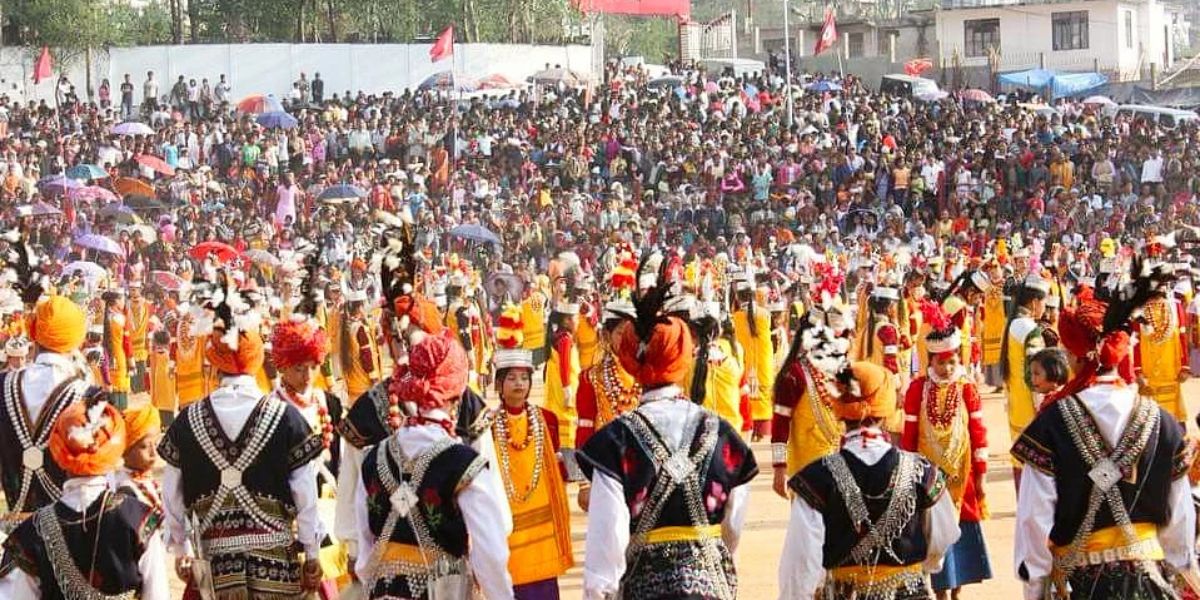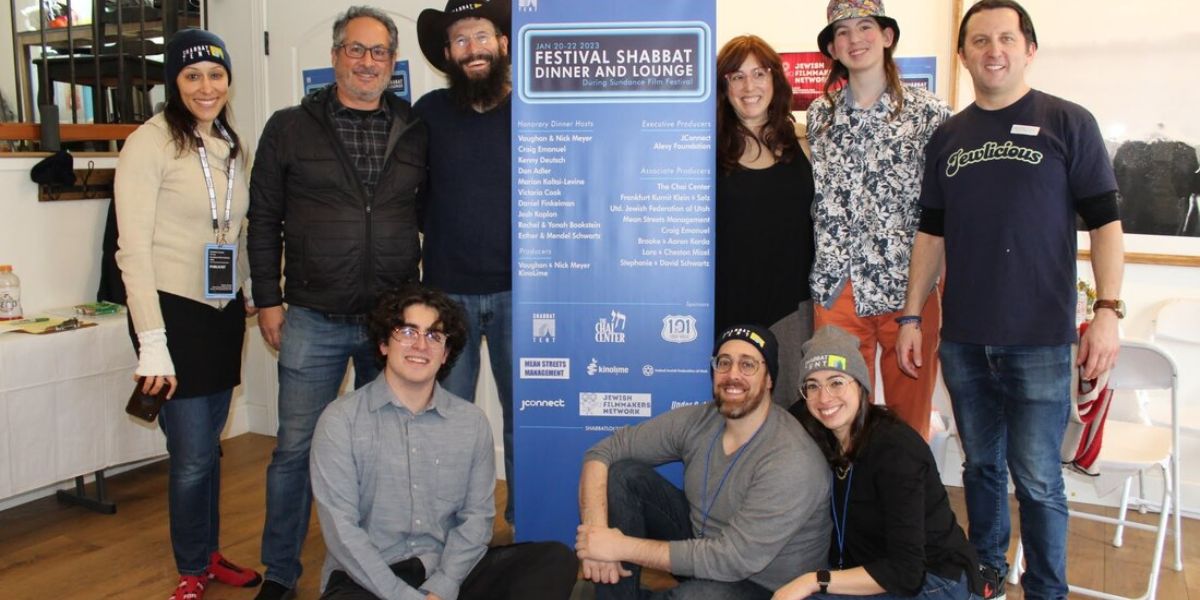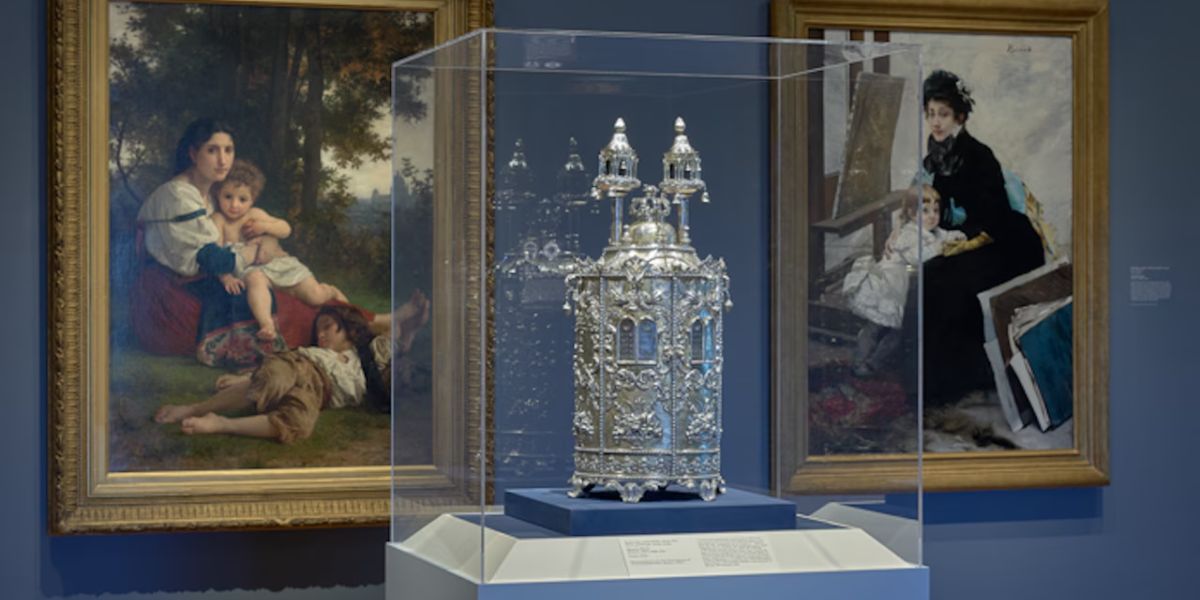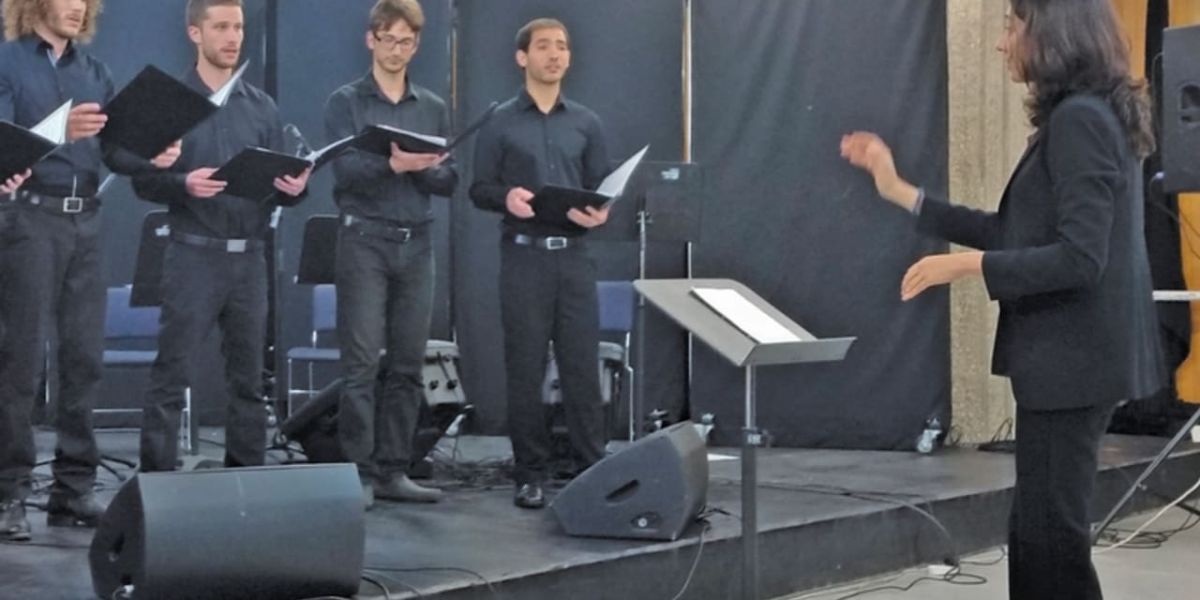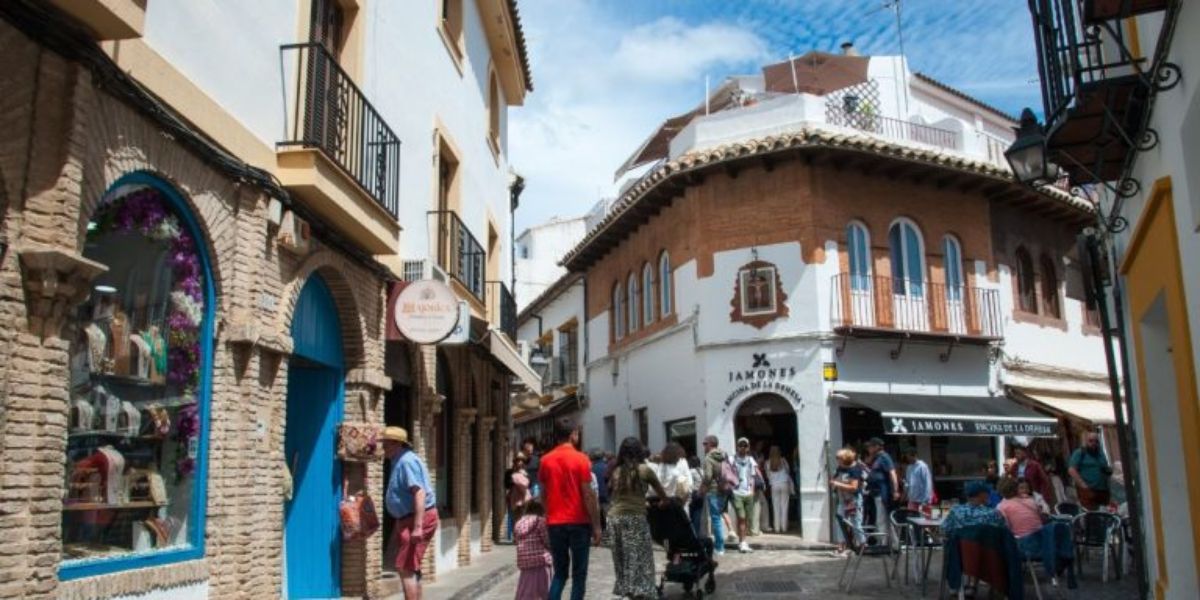Across Asia, a quiet but meaningful transformation is taking place — one that blends cultural celebration with economic opportunity. Interfaith festival partnerships, once rare, are now emerging as powerful expressions of inclusion, cultural diplomacy, and sustainable tourism. From Singapore’s multi-faith Hanukkah events to Bangkok’s cross-cultural heritage fairs, Jewish communities are joining hands with other faith groups to celebrate shared values of light, gratitude, and renewal.
The Evolution of Faith-Based Collaboration
Over the past decade, interfaith initiatives have evolved beyond symbolic gestures. Governments, community organisations, and local businesses are recognising the tangible benefits of joint celebrations.
In Hong Kong, for example, Jewish, Christian, and Buddhist organisations have co-hosted public discussions on spirituality and resilience during global crises. Meanwhile, India’s cultural boards are integrating Jewish festivals into broader city heritage programs, highlighting historical links between Jewish traders and Indian port cities.
Table of Contents
These collaborations not only enhance mutual understanding but also generate measurable social and economic returns, from increased local participation to higher tourism revenue.
Why Interfaith Partnerships Are Flourishing
There are several factors behind this growing movement:
- Cultural curiosity: Younger generations across Asia are more open to exploring diverse traditions.
- Urban multiculturalism: Global cities such as Hong Kong, Singapore, and Tokyo now host thriving international communities, making interfaith gatherings both feasible and relevant.
- Shared social causes: Themes like charity, sustainability, and community resilience bridge religious boundaries, creating opportunities for collaborative events.
A recent report by the Asia Pacific Cultural Forum found that cities embracing interfaith cultural programs experience a 25% increase in visitor engagement at public festivals. These events not only promote peace and understanding but also stimulate local economic ecosystems, from hospitality to artisanal markets.
The Jewish Community’s Role in Cultural Dialogue
Jewish communities across Asia have played a distinctive role in advancing interfaith partnerships. Through art exhibitions, music festivals, and educational forums, Jewish organisations have provided frameworks for dialogue that focus on shared values rather than theological differences.
One standout example is the Hong Kong Jewish Film Festival, which has expanded its reach by featuring interfaith panels with Muslim, Hindu, and Christian filmmakers discussing moral storytelling in cinema. These collaborations transform cultural events into spaces of empathy — where stories from different faiths illuminate common human experiences.
In Singapore, the Jewish Welfare Board partnered with Buddhist foundations to host an interfaith charity concert that raised funds for children affected by natural disasters across Southeast Asia. Such initiatives underscore how compassion and community service can transcend doctrinal boundaries.
The Economic Dimension of Cultural Cooperation
Beyond social goodwill, interfaith festival partnerships are now seen as viable economic ventures. Cities that support them often attract sponsorship from multinational corporations eager to align with diversity and inclusion initiatives.
Tourism boards in Japan and Thailand have begun incorporating interfaith events into their cultural calendars, promoting them as “inclusive heritage experiences.” Local vendors benefit from increased foot traffic, while artists and performers gain cross-community exposure.
For Jewish organisers, this collaboration model also offers sustainability. Shared budgets, diversified audiences, and institutional support reduce the financial burden of hosting independent events.
“When communities celebrate together, it’s more than a festival — it’s an investment in harmony,” said one organiser from the Council of Asian Faith Networks.
Challenges and the Path Forward
Despite growing momentum, challenges remain. Language barriers, differing religious calendars, and occasional political sensitivities can complicate planning. Some organisers also worry that blending traditions may dilute religious meaning.
However, the success of recent programs suggests a balance can be achieved through thoughtful coordination and respect for each community’s identity. Training local cultural managers and establishing interfaith planning councils have already improved inclusivity and event quality in several cities.
The next frontier lies in digital collaboration. Hybrid festivals and live-streamed discussions allow wider participation, especially for diasporic communities unable to attend in person. With the rise of online platforms, Asia’s interfaith dialogue may soon find its strongest expression in the virtual space.
A New Model for Harmony and Growth
As Asia’s cultural landscape continues to evolve, interfaith festival partnerships represent a hopeful new model — one that blends commerce with compassion, and tradition with innovation. For Jewish communities in the region, these alliances not only strengthen visibility but also reinforce a universal truth: shared celebration builds lasting peace.
How do you see interfaith partnerships shaping Asia’s future? Share your thoughts in the comments below or explore more stories like this at jewishtimesasia.org.

